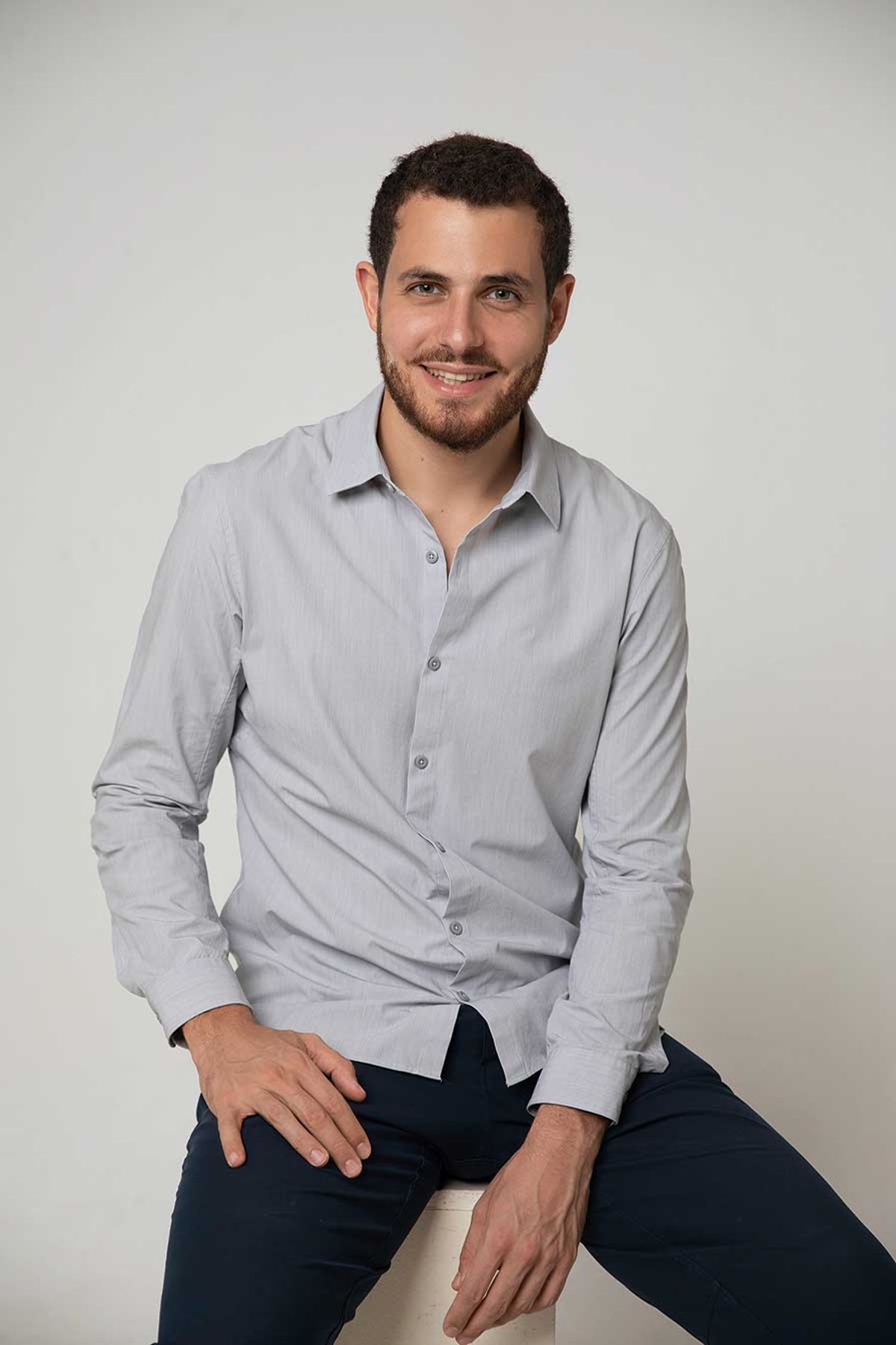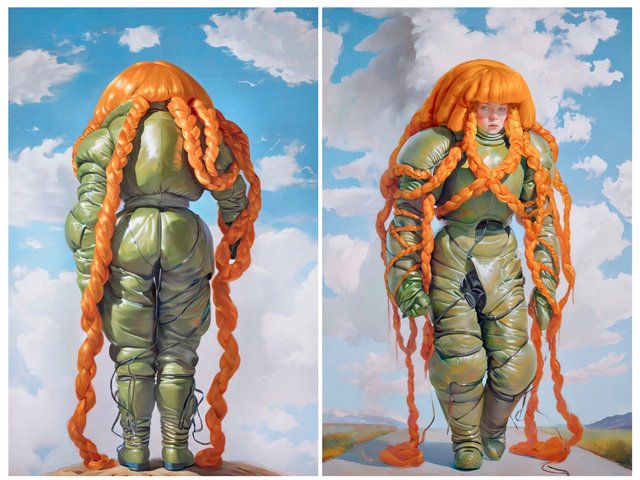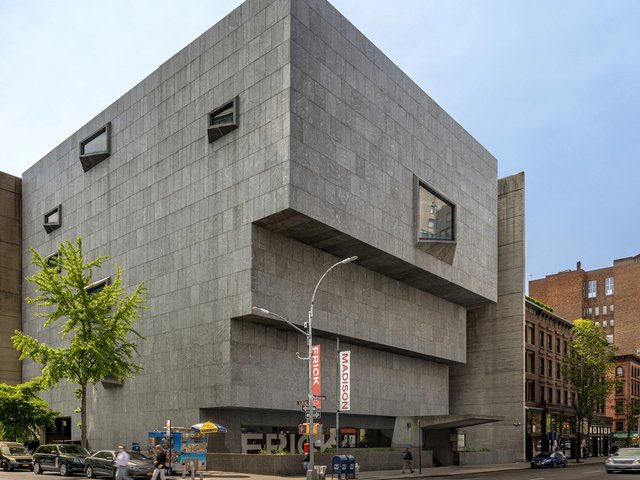“Artsignal is here to change the game for collectors,” says Sam Glatman, the co-founder and chief executive of the new artificial intelligence-driven platform, in a statement. Artsignal, which uses open-source data to create art market reports and offer context for valuations of art, launched in September alongside an announcement of investment from Christie’s Ventures (CV), the auction house’s venture arm for art and tech businesses. “From early on we were impressed by Artsignal’s ability to simplify the user experience of navigating the vastness and subjectivity inherent in art market data and to quickly deliver usable, actionable insight,” says Devang Thakkar, the global head of CV.
Described as “the first agentic AI platform for art and collectibles”, Artsignal takes information—including auction results, exhibition announcements and news—which the platform’s data engine then processes to create reports with “signals” that Glatman says can be used to guide pricing, buying and sales decisions. The reports include an artist biography with links to sources; auction results including top price, median prices, lots sold and yearly volume; an overview of an artist’s public presence and “market outlook”; and lists of similar or related artists. From there you can deep dive into specific works. “Historically, you needed insider data or an adviser to buy confidently,” Glatman says in a press statement. “We put adviser-grade intelligence into a simple product that covers every artist, so more collectors can participate with conviction.”
Raised in North Yorkshire and now based in London, Glatman has previously founded other businesses and, in 2018, was listed on the Forbes “30 Under 30” list for Asia in the field of healthcare and science. He studied music and considered becoming an opera singer before deciding to complete a Masters in econometrics and political science between the London School of Economics and the National University of Singapore. He spent eight years living in Myanmar, returning to the UK in 2021 and developing Artsignal. Here, Glatman explains how the new platform works, its investment from CV and its plans for the future.
The Art Newspaper: What is your background in art and how did you come to create Artsignal?
Sam Glatman: My father [Mark Glatman, a solicitor and property developer] is absolutely passionate about art. He has been collecting alongside Keir McGuinness [an art consultant who was formerly the chair of trustees at the Whitechapel Gallery from 2000 to 2012] since the 1990s. Keir started mentoring me and explaining how to look at objects. We went around galleries and he introduced me to people. Keir and I initially mapped this idea [for Artsignal] out on a very big spreadsheet and then I found Ivan [Bestvina, the co-founder and chief technical officer], a brilliant engineer who has been doing work with large language models since before we all knew about them. He helped bring this to life and turn it into a product.
Who do you think will use the platform and for what?
We very much see this as a value creation tool, not just a research tool. We believe that larger players in the art industry can employ our technology to identify where there are areas of value that can be created, whether that’s through discovery of new artists and bringing them to market or through understanding the tastes of their clients much better and then serving them with more relevant objects. [Artsignal’s image search finds works in the market that are visually similar, for example.] We’ve spoken to a huge amount of galleries as well, [which can use it] to back up their assertions to their clients. It will also help collectors—if you’re about to spend millions on an object, it makes sense to take five minutes to run a completely impartial report on it and check that what you’re being sold broadly makes sense. It will also attract new collectors who want to make sense of the market.

Artsignal provides multi-layered information about artists and their work
© Artsignal
How much does it cost?
We price it through a system of credits, so you pay for the amount that you use it. When you sign up, you get 35 free credits. One artist report costs ten credits right now; if you want to then run an artwork report, that’s three credits on top, and then the artist search costs one credit. Searching through the auction database is completely free. [The cost of additional credits start at $35 (plus taxes) for 50 credits.]
How did the CV deal come about?
We met the team in February at the Christie’s Art+Tech event in Paris, and gave a very quick presentation. Then we met with Ryan Ludgate, CV’s vice president, who has spent ten years in the Christie’s data team, and so really knew what was needed internally. Ryan talked about how data products and graphs in the art market only tell you a certain amount, because you’re dealing with unique objects. Artsignal is trying to give the nuance around objects, not just the overall market or artist trends. So I think that that was probably what was attractive to CV. [CV declined to share the terms of the deal with The Art Newspaper.]
What are Artsignal’s future plans?
It’s a difficult market because it’s very traditional and conservative. But we genuinely believe that with this technology we can unlock it because we make it incredibly simple for even people who hate the idea of technology to use it. So we see ourselves becoming the dominant intelligence layer for the art world, where we power everything from auction houses and major galleries, to even existing marketplaces and databases. And we believe we can massively increase the value of these companies through our intelligence. Beyond that, the technology works for all collectibles as well. We haven’t built it yet, but if you look at the figures, the art market was worth $57bn last year, and the collectibles market was around $322bn.
So are you going to be putting art researchers, advisers and market journalists out of business?
We’re asked that a lot. There’s very little evidence since the AI boom over the last three years of people losing their jobs as a result. To me, it’s a question of “how can you do your job better? How can you do more with less?”. You have this incredible engine to help power your decisions. If we could be a tool that all the curators at the top museums use to make great decisions more quickly, and that auction houses use to bring more marginalised artists to the market so that more collectors can own these great objects, that’s our example of success.





